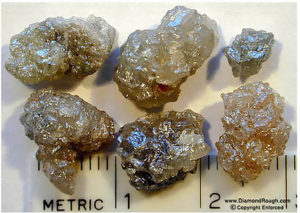
Diamond photo: what the future diamond looks like in nature
Contents:
Natural diamond is the hardest mineral on planet Earth. After careful processing, it turns into one of the most expensive stones in the jewelry industry - a diamond. But very often, when mining a mineral, it may not be noticed at all, since in nature it forms an unsightly appearance, with a complete lack of brilliance.
What does a diamond look like in nature?
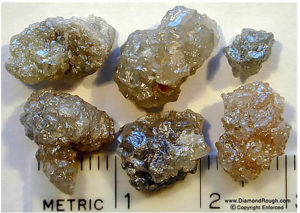
Diamond can be formed in nature in different shapes. This is an octahedron, a cube, a dodecahedron, including a rhombic one. There are cases when a mineral has a completely incomprehensible structure and resembles, to a greater extent, a piece of stone or a block. In any case, if the gem is suitable for processing it into a diamond, it undergoes a very thorough check, and during the work itself, it loses more than half of its mass. Sometimes cutting takes more than six months.
Hardness
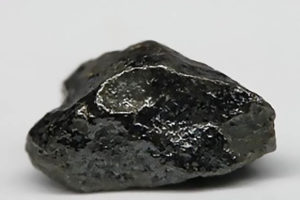
Any natural diamond has a high degree of hardness. This is due to the fact that the mineral is entirely composed of carbon. It is noteworthy that graphite also has a similar composition, the hardness of which is estimated not higher than 3 points on the Mohs scale. How is it that stones of the same composition have completely different indicators? It's all about the depth of occurrence and the conditions that occur in nature. Diamond is formed only at great depths under the influence of very high pressure. It is this fact that makes the stone so hard that it can scratch glass, and diamond coating on construction tools allows you to cut metal and concrete.
Brilliance
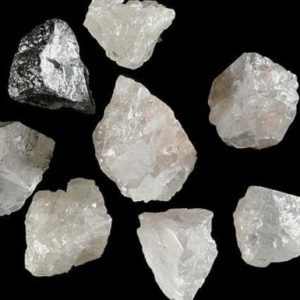
In nature, a diamond looks completely different from its "brainchild" - a diamond. The mineral does not have a strong luster and looks more cloudy than transparent. However, the property of refraction of light is inherent in all gems. If you put a stone on a newspaper, you will see absolutely nothing. It is thanks to this property that the future diamond will shine with a uniquely bright reflection, whether it be sunlight or artificial lighting.
Size
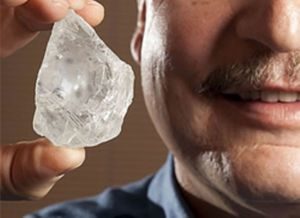
The size of a diamond in nature can also be different. This is a small scattering of gems, and medium-sized aggregates, and in exceptional cases these are huge crystals that rightfully occupy a place in history and receive their own names. The most famous include such minerals as Cullinan, Shah, Hope, Constellation, Excelsior, Star of Sierra Leone and others, the mass of which exceeds 500 carats. These are very rare cases when it is possible to extract such massive nuggets.
Blotches
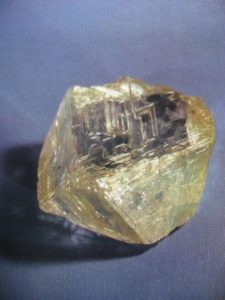
Each found diamond has its own characteristics, which are manifested in the presence of various inclusions. These are cracks, air bubbles, small chips, voids. It is these distinctive features that make it easy to determine whether the gem is real or synthetic. The fact is that a mineral grown in laboratory conditions is completely pure. But natural stone is not distinguished by exceptional purity, because in any case it will contain the smallest defects, which make it unique.
What color is a diamond
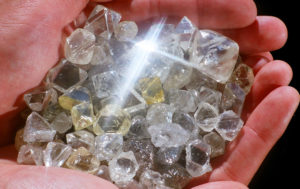
The color range of diamond is quite diverse. Basically, these are colorless minerals with a subtle yellow overflow. In rare cases, there are gems of red, pink, brownish, gray, blue, black and even blue shades. Green diamonds are considered the rarest.
Color saturation greatly affects transparency. If the stone is very densely colored and the color is evenly distributed over it, and not in spots or only at the top, then such gems may not shine through at all.
It receives a certain shade due to the presence of inclusions and impurities, which are responsible for the corresponding color. Various natural processes also play a huge role, namely, radiation, temperature, volcanic eruptions, and so on.
Photo of a diamond in nature
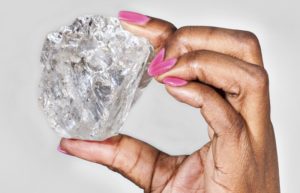
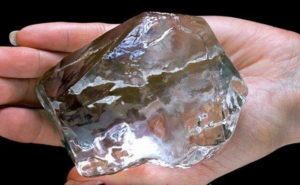
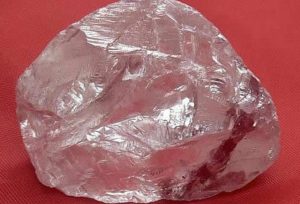
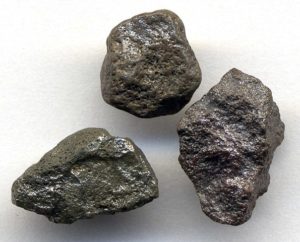
Leave a Reply